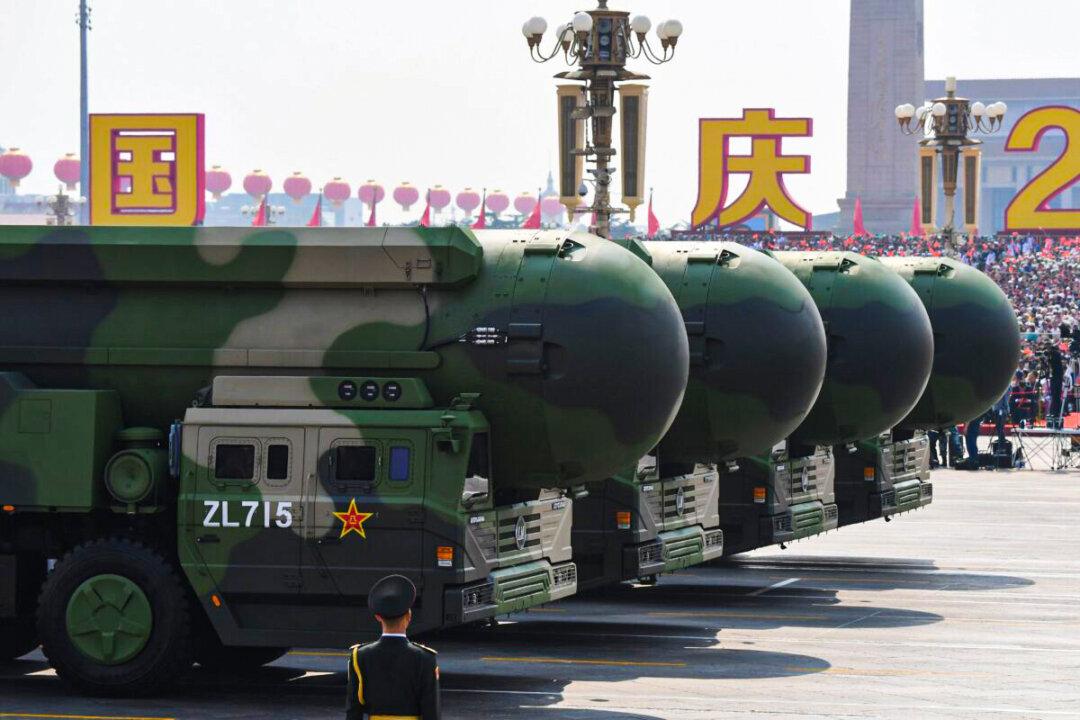News Analysis
Nuclear-armed China, France, Russia, the United Kingdom, and the United States—the five permanent members of the United Nations Security Council—released a joint statement on Jan. 3 stating their commitment to avoid an arms race and saying that they “consider the avoidance of war between Nuclear-Weapon States and the reduction of strategic risks as our foremost responsibilities.”





